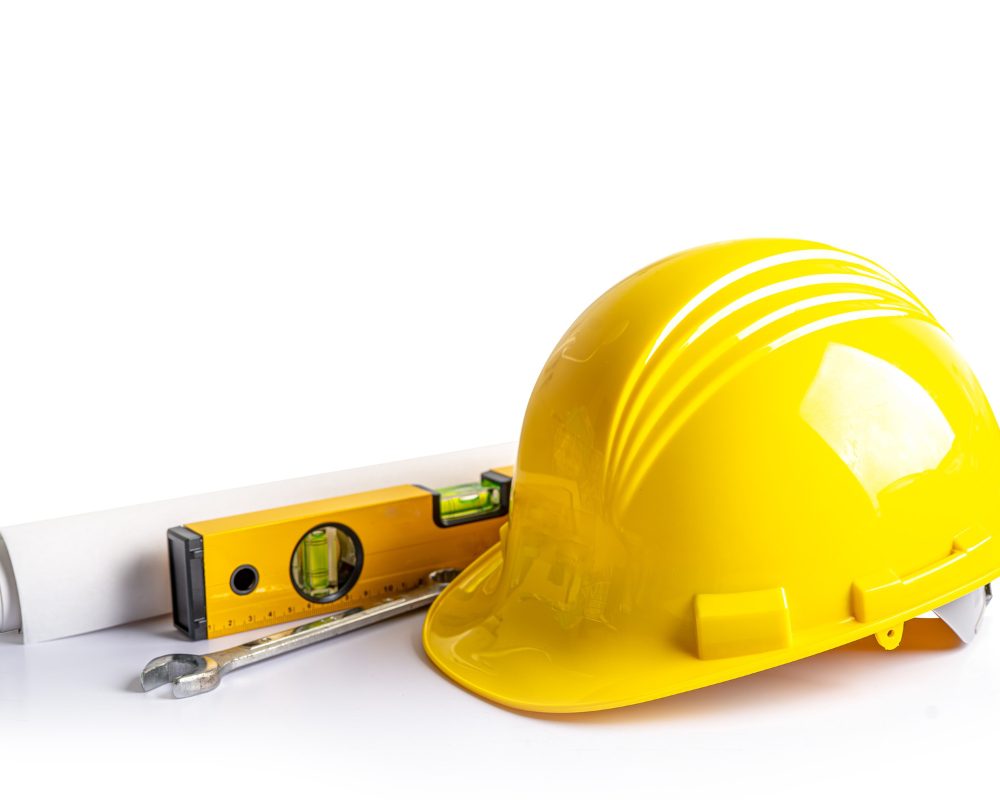Introduction
Welcome to our in-depth exploration of the transition from Occupational Health and Safety (OHS) to Work Health and Safety (WHS) in Australia. This change isn’t just a matter of swapping acronyms; it reflects a significant shift in how workplace safety is managed and implemented across the country.
Our guide is designed to unravel the nuances of this transition, making it easy for you to grasp the implications for your business or workplace.
Key Takeaways:
- Understand the evolution from OHS to WHS.
- Grasp the responsibilities under WHS laws.
- Learn how WHS impacts various stakeholders in the workplace.
The Evolution of Workplace Safety in Australia
The Era of OHS: A Historical Perspective
Before 2012, OHS was the framework governing workplace safety in Australia. It focused primarily on the roles of employers and employees in maintaining a safe work environment.
Transition to WHS: A New Paradigm
The shift to WHS marked a more inclusive approach. It broadened the scope to include contractors, visitors, and even customers, ensuring a more holistic safety environment.
Understanding WHS: More Than Just a Name Change
Broadening the Scope: Beyond Occupational Roles
WHS laws expanded the definition of workplace responsibility. Now, it wasn’t just about specific occupations; it was about anyone involved in work activities.
Harmonising Safety Standards Across Australia
One of the key goals of WHS was to standardise safety laws across states and territories, making it easier for businesses with national operations to comply.
WHS Laws and Regulations: What You Need to Know
The Core Components of WHS Legislation
The WHS framework consists of the WHS Act, WHS Regulations, and WHS Codes of Practice. These components work together to establish a comprehensive safety protocol.
Employer Responsibilities Under WHS
Under WHS laws, employers have an expanded set of duties. These include risk identification, provision of safety equipment, and ensuring worker training and supervision.
Role of WHS Safety Consultants
How Consultants Can Aid Compliance
WHS Safety Consultants play a crucial role in helping businesses understand and implement WHS standards, ensuring legal compliance and worker safety.
Choosing the Right WHS Consultant
Selecting a consultant who understands your specific industry and business needs is key to effective WHS management.
Workplace Health and Safety: Ensuring a Safer Tomorrow
The Impact of WHS on Business Operations
Implementing WHS standards can lead to a safer workplace, increased productivity, and reduced legal risks.
WHS emphasises the collective responsibility of employers, employees, and other stakeholders in maintaining a safe work environment.
FAQs on OHS and WHS
What are the main differences between OHS and WHS?
OHS focuses more on occupational roles, while WHS broadens the responsibility to all individuals involved in work activities.
Are WHS laws consistent across all Australian states?
Yes, one of the primary objectives of WHS was to harmonise workplace safety laws across Australia.
Can a business be penalised for not complying with WHS laws?
Absolutely. Non-compliance can lead to significant fines and legal consequences.
Advice & Actionable Tips
- Regular Compliance Checks: Regularly review your workplace practices against WHS standards.
- Engage a WHS Consultant: Consider hiring a consultant to ensure you’re on the right track.
- Continuous Training: Keep your workforce informed and trained in WHS practices.
Conclusion
The shift from OHS to WHS in Australia is more than just a change in terminology. It represents a significant move towards a safer, more inclusive work environment.
Understanding and implementing these changes is crucial for businesses to not only comply with legal requirements but also to foster a culture of safety and responsibility.
Article Sources & Further Reading
Remember, a safe workplace is a productive workplace. Stay informed and stay safe!








